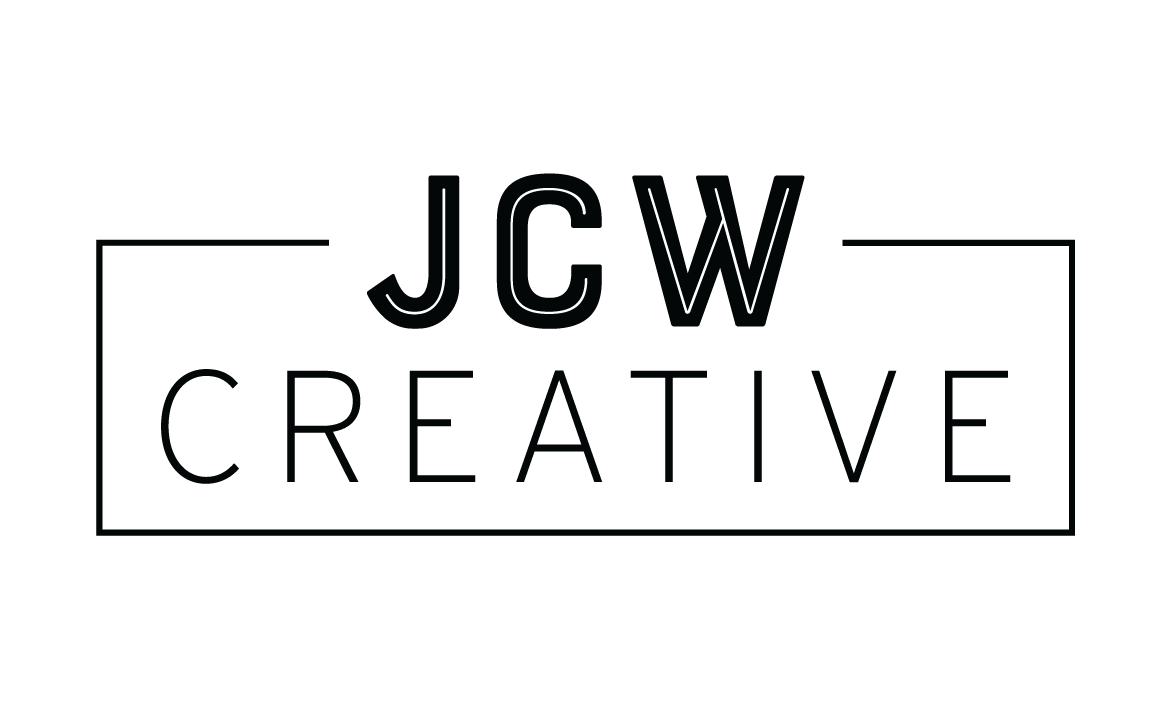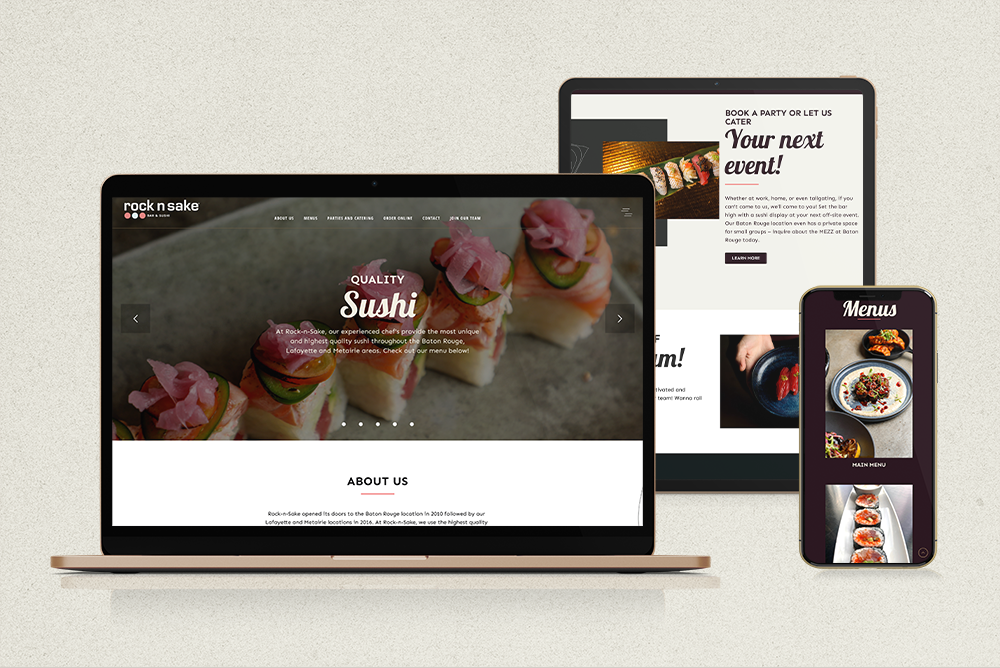Gone are the days of fax marketing and physical ads in the Yellow Pages (for the most part). Today, it’s your website that is often the first impression potential customers have of your brand. It’s more than just a digital storefront; it’s a vital part of your brand’s identity. So, what makes a website truly represent your brand? Here’s a checklist of five essential elements every website should have to ensure it stands out and accurately reflects who you are.
1. Clear and Consistent Branding
Your brand is your identity. Consistency is key.
From the moment someone lands on your site, they should feel your brand’s presence. This means using your brand colors, logos and typography as well as your brand’s messaging and tone of voice consistently across all pages. It’s about creating a cohesive look and feel that aligns with your overall brand image.
Quick Tips:
- Use a style guide to maintain consistency.
- Regularly review your website to ensure all elements align with your brand identity.
2. User-Friendly Navigation
If visitors can’t find what they’re looking for, they’ll leave.
A well-designed website should be easy to navigate. This means having a clear menu structure and logical flow of content. Visitors should be able to find the information they need without getting frustrated.
Quick Tips:
- Simplify your menu to include only essential categories.
- Test your website on different devices to ensure it’s mobile-friendly.
3. High-Quality Visuals
A picture is worth a thousand words, but only if it’s the right picture.
High-quality visuals are a must for any website. Professional images, graphics and videos that reflect your brand’s identity can make a huge difference. Visual storytelling helps engage visitors and convey your brand message effectively. If you must use stock imagery, use unique photos that complement your brand. Avoid “fake” photos that look artificial or overly edited as it might not resonate with your audience. Lastly, make sure the images are realistic and make sense within the context of the page and the site as a whole.
Quick Tips:
- Use visual elements that tell your brand’s story.
- If you’re able to, invest in professional photography, videography and graphic design.
4. Engaging and Relevant Content
Engaging and relevant content is king.
Your website content should speak to your target audience and align with your brand. This includes everything from blog posts and case studies to client testimonials and product descriptions. Engaging content keeps visitors on your site longer and encourages them to take action.
Quick Tips:
- Know your audience and tailor your content to their interests and needs.
- Include a mix of content types, such as blogs, videos and infographics.
5. Clear Calls to Action (CTAs)
Guide your visitors towards the actions you want them to take.
A website without clear calls to action is like a ship without a captain. CTAs guide visitors towards desired actions, whether it’s contacting you, learning more about your services or making a purchase. They should be strategically placed and easy to find.
Quick Tips:
- Use strong, action-oriented language in your CTAs.
- Place CTAs in strategic locations, such as at the end of blog posts or on key pages.
Your website is a powerful tool for representing your brand. By ensuring it has clear and consistent branding, user-friendly navigation, high-quality visuals, engaging content and clear calls to action, you can create a website that not only looks great but also effectively communicates your brand’s identity.
If you need help designing a website that truly represents your brand, reach out to us at JCW Creative! We specialize in creating websites that are not only beautiful but also functional and aligned with your brand’s goals.












